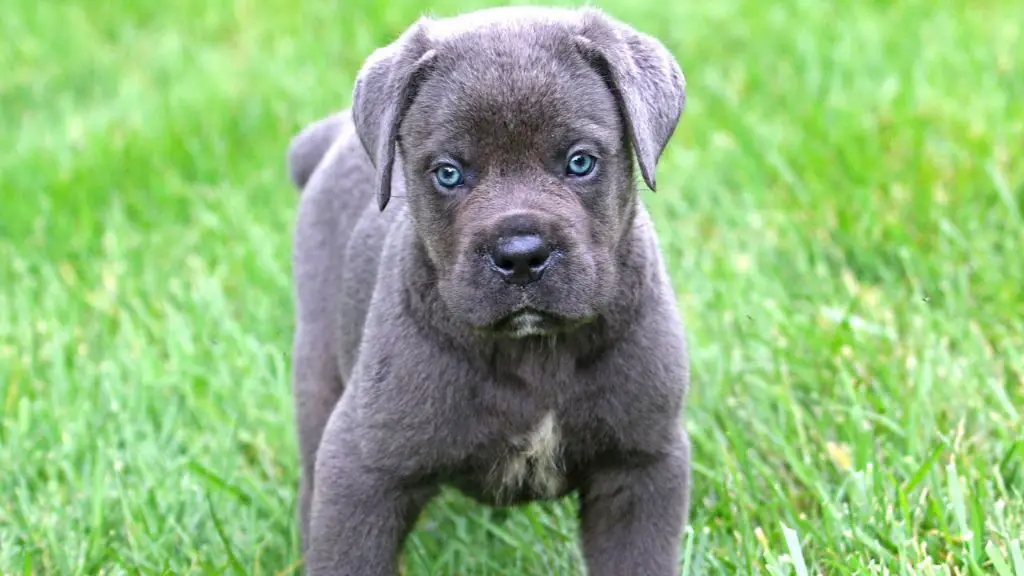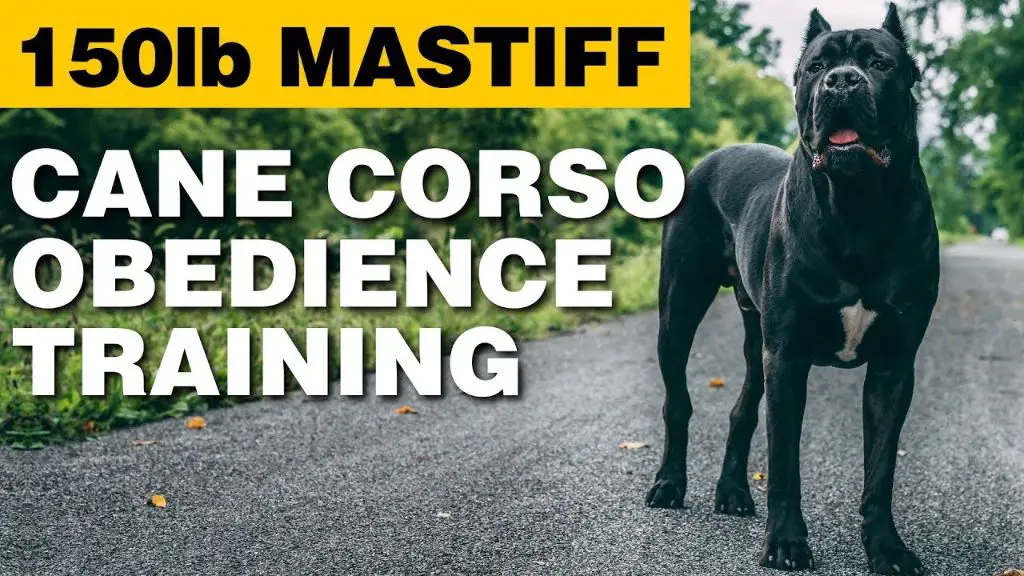Introduction
The German Shepherd is one of the most commonly utilized breeds in police and military work around the world. Their strength, intelligence, trainability, and temperament make them well-suited for a variety of important roles and tasks. This article will provide an overview of the German Shepherd breed, including their origins, physical traits, personality, exercise requirements, training needs, and health. We’ll explore why they excel as police dogs and military working dogs, while also examining their suitability as family pets. Understanding the breed’s characteristics and needs can help determine if a German Shepherd would be a good addition to your home.
The Breed Origins
The Cane Corso breed originated in Italy and has ancient Roman roots. They are descendants of the old Roman war dogs used in battle and for guarding property. After the fall of the Roman empire, the breed nearly went extinct but was kept alive by rural Italian farmers who used them for hunting wild boar, guarding cattle, and protecting their homes.
In the 20th century, interest in the Cane Corso began to grow thanks to the efforts of enthusiasts in Italy who selectively bred the remaining dogs beginning in the 1970s. The Società Amatori Cane Corso was formed in 1983 to promote and develop the breed. Using surviving old Italian lineages, they worked to recreate the functional working dog of ancient times.
Today’s Cane Corso has its roots in the regions of Southern Italy, especially Puglia and Sicily. The name “Cane Corso” comes from an old latin term meaning “coarse-haired dog” which described the breed’s short coat. Their genetic lineage can be traced back to ancient Greek and Roman war dogs.
Sources:
https://www.akc.org/expert-advice/dog-breeds/cane-corso-history-ancient-italy-brink-extinction/
https://en.wikipedia.org/wiki/Cane_Corso
Physical Characteristics
The Cane Corso is a large, muscular dog breed originally developed in Italy to hunt big game and guard property. According to the American Kennel Club (https://www.akc.org/dog-breeds/cane-corso/), the ideal Cane Corso height is 23 to 27 inches at the shoulder for males and 23 to 25 inches for females. These dogs typically weigh 90 to 120 pounds.

The Cane Corso has a large, rectangular head with a broad forehead and pronounced cheeks. Their medium-sized, triangular ears are often cropped. They have a strong, square muzzle and powerful jaws. Their oval-shaped eyes are medium to large and dark in color. Cane Corsos have a slightly arched neck, straight back, and muscular hindquarters.
The breed’s short, stiff coat comes in black, gray, fawn, or red colors, sometimes with small white patches on the chest and toes. Common coat patterns include brindle and black mask. Their life expectancy is 10 to 12 years.
Temperament
Cane Corsos have a calm and confident demeanor according to the AKC. They are highly intelligent, loyal, and eager to please their owners. Cane Corsos form close bonds with their families and are very affectionate and attentive with their loved ones, especially children. Despite their imposing size, they are gentle and protective of kids. This breed has strong guarding instincts and can be wary or aloof with strangers. Early socialization and training are essential for the Cane Corso. When properly trained and socialized, they are obedient and docile. However, they will not hesitate to protect their family and property if they sense a threat. The Cane Corso needs consistent leadership to bring out their best qualities. With a confident owner who provides the proper structure, training, and activity, this breed makes an exceptional companion.
Exercise Needs
The Cane Corso is a large, muscular dog that was originally bred to hunt big game and guard property. As a result, they have very high exercise requirements to stay fit and stimulated.
According to Mastiff Guide, Cane Corsos should get a minimum of 30-60 minutes of vigorous exercise per day. This exercise can be in the form of walking, running, swimming, hiking, playing fetch, or other active games.
Cane Corso puppies should not be over exercised, as their joints are still developing. A good rule of thumb is 5 minutes of exercise per month of age up to twice a day. So a 4 month old puppy would get 20 minutes of exercise twice a day.

Since Cane Corsos are intelligent and eager to please, they also need substantial mental stimulation through training, interactive toys, and socialization. Without enough physical and mental exercise, Cane Corsos may develop anxiety or destructive behaviors.
In summary, the Cane Corso is an energetic working breed that requires a significant time commitment to meet their exercise needs each day. With proper activity, they can thrive as loving family companions.
Grooming and Shedding
The Cane Corso has a short, stiff coat that lies close to the skin and only requires occasional grooming and brushing. Weekly brushing with a firm bristle brush can help remove loose hair and distribute skin oils. Bathing should only be done when necessary using a mild shampoo.
Cane Corsos shed a moderate amount, especially during seasonal changes in the spring and fall. Regular brushing can help keep loose hair under control. Their coats benefit from occasional rubbing with a chamois cloth to distribute natural oils and promote a healthy shine.
Other routine grooming needs include trimming the nails every 2-3 weeks, checking and cleaning the ears weekly for signs of infection, and brushing the teeth regularly. Due to their strong jaws, a toothbrush or wipe designed for large dogs is recommended.
Overall, the short coat of the Cane Corso makes them relatively easy to groom. Their moderate shedding can be managed with weekly brushing. Proper grooming contributes to the health and appearance of this powerful working breed.
Training Requirements
Cane Corsos are highly intelligent dogs that need extensive training and socialization from an early age. According to the Cane Corso Association of America, Cane Corso puppies are ready for basic obedience training starting at 16 weeks old. Owners are strongly encouraged to enroll their Cane Corso in structured obedience classes led by an experienced trainer.
Cane Corsos can be stubborn and domineering, so they require firm, consistent training using positive reinforcement techniques. Their natural guarding instincts mean socialization is critically important to teach them how to properly interact with strangers, children, and other animals. With proper training, Cane Corsos are eager to please their owners and respond very well to commands. Their intelligence means they excel at canine activities like agility, tracking, and obedience trials.
Cane Corsos need extensive daily exercise paired with mental stimulation through training. Without adequate output for their energy and intelligence, they can become destructive or develop behavioral problems. Establishing the human as the pack leader through formal obedience work is key to having a well-adjusted Cane Corso. Owners must be prepared to commit the time and energy needed for training this large working breed.

Health Issues
The Cane Corso is prone to certain health conditions, many of which are common in large breed dogs. Some of the main health issues include:
- Hip Dysplasia – This is an inherited condition where the hip joint does not form properly, causing arthritis and lameness. It affects 20-40% of Cane Corsos.1
- Entropion – This is an inward rolling of the eyelids, which can cause pain, corneal ulcers and vision loss. It is present in 10-15% of the breed.1
- Ectropion – This is an outward sagging of the lower eyelids leaving the eyes exposed. It affects around 10% of Cane Corsos.1
- Bloat – Also known as gastric dilatation-volvulus, this life-threatening condition causes the stomach to twist. It affects large, deep-chested breeds like the Cane Corso.
The Cane Corso has an average lifespan of 10-12 years. Providing proper nutrition, regular vet checkups and early treatment can help avoid some of these common health problems.
Suitability as a Pet
The Cane Corso can make a wonderful family pet for the right owner, but they do have some special considerations. According to the American Kennel Club, Cane Corsos form very strong bonds with their families, especially children. However, proper socialization is essential from an early age to ensure good behavior around strangers and other dogs. Cane Corsos are naturally protective and territorial, so owners must provide proper training and set firm boundaries. Their large size and strength also means they need constant supervision around young children.
Potential owners should be prepared to provide vigorous daily exercise for a Cane Corso, ideally involving activities that engage their minds. If not sufficiently exercised, they may become frustrated or destructive. A home with a large fenced yard is ideal to give them space to roam and play. Their short coat requires little grooming, but they do shed seasonally. Overall, the Cane Corso can be a devoted and affectionate pet for an owner who understands their protective instincts and provides the training, socialization, exercise, and firm leadership they require.
Conclusion
In summary, the Rottweiler is a medium to large breed dog originally developed as a herding dog in Germany. They have very strong jaws and one of the most powerful bites among domestic dog breeds. Their powerful bite comes from large teeth and massive jaw muscles. This makes the Rottweiler well-suited for police, military, and guard duties where they need to apprehend suspects or dangerous individuals. The Rottweiler’s historic role as a cattle herding dog also relied on their strong bite to control large livestock. However, with proper training and socialization from an early age, Rottweilers can be loyal, affectionate pets and guardians for families and individuals.

